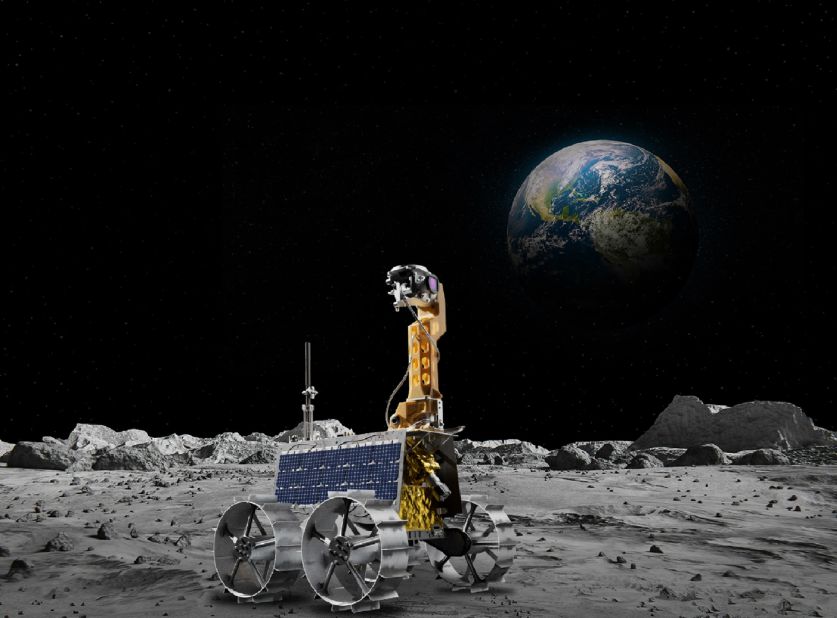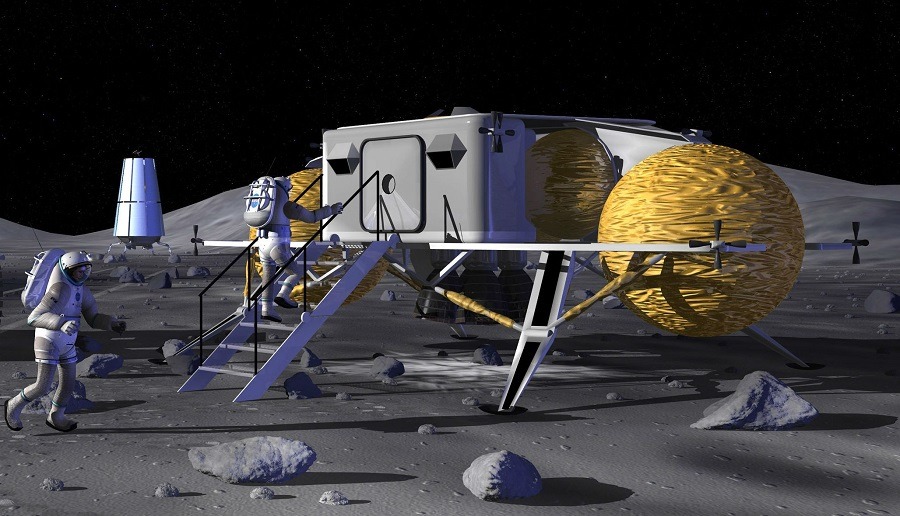
There are five nations that have made lunar landings.

A number of nations and commercial enterprises are launching fresh missions to the Moon, including Japan, whose unmanned “sniper” spacecraft made a lunar landing on Saturday.
Using precise technology, the SLIM (Smart Lander for Investigating Moon) vehicle made a smooth touchdown. Officials said that the solar cells on it were not producing any electricity.
Japan becomes the fifth country to set foot on the moon after the touchdown. China, India, the Soviet Union, and the United States make up the other four.
Plans for contemporary lunar exploration programs include the first-ever landing of humans on the moon since 1972. And eventually make those bases your home.

Below is a summary of the most recent moonshots:
Americas
As a stopover for trips to Mars, the nation that set foot on the moon first hopes to establish a long-term presence there.
But this month, it has encountered two obstacles as NASA canceled plans for crewed lunar missions. A private lander spilled fuel and had to retreat.
This year was scheduled to see humans travel around the Moon as part of the US space agency’s Artemis mission. The mission has been postponed until 2025 in order to provide more time for safety inspections.
It has been decided to arrange a third Artemis voyage for 2026 rather than 2025. The first woman and person of color to set foot on lunar soil would have done so.
That might even be overly optimistic. This is due to the fact that during two test flights, the Artemis 3 lander—a modified variant of SpaceX’s upcoming Starship rocket—exploded.
This year was scheduled to see humans travel around the Moon as part of the US space agency’s Artemis mission. The mission has been postponed until 2025 in order to provide more time for safety inspections.
It has been decided to arrange a third Artemis voyage for 2026 rather than 2025. The first woman and person of color to set foot on lunar soil would have done so.
That might even be overly optimistic. This is due to the fact that during two test flights, the Artemis 3 lander—a modified variant of SpaceX’s upcoming Starship rocket—exploded.
NASA claims that partnerships with businesses give them “more shots on goal,” despite the fact that the US company Astrobotic’s Peregrine lunar lander crashed due to fuel leaks shortly after takeoff.
Intuitive Machines, a Texas-based company, is set to make its second effort in February.
India
The head of India’s space agency exclaimed, “India is on the Moon!” in August, prompting applause at mission control. This came about after Chandrayaan-3 became the first spacecraft to touch down close to the planet’s south pole.
To increase its speed during the journey, the unmanned mission circled the planet multiple times. This led to a historic victory for India’s cost-effective, ambitious space program.
Following a successful launch into lunar orbit in 2008 and a botched Moon landing in 2019, India became the first country in Asia to orbit a probe around Mars in 2014 with Chandrayaan-3.
Twelve missions are scheduled for 2024 by the Indian Space Research Organization, or ISRO. One of these missions is a three-day voyage to Earth’s orbit, which will be the organization’s first crewed space flight.
Russia
Russia was supposed to resume autonomous lunar exploration with the August Luna-25 mission. This occurred almost 50 years after the Soviet Union’s previous lunar landing.
The lander was intended to gather samples and analyze soil for a year, but it crashed on the hard lunar surface.
Moscow’s expectations of expanding on the legacy of the Luna missions during the Soviet era were severely damaged by the failure, since its space program is beset by budgetary difficulties and corruption problems.
Following Russia’s 2022 invasion of Ukraine, President Vladimir Putin severed ties with the West and has been seeking to fortify space collaboration with China.
China
Under President Xi Jinping, the second-biggest economy in the world has invested billions of dollars in its military-run space program as it pursues its “space dream.”
Ten years after the Chang’e-3 became the first Chinese spacecraft to set foot on the Moon, the nation is currently working on plans to establish a base and dispatch a crewed mission by 2030.
The Chang’e-4 unmanned spacecraft made a moon landing in 2019. Chang’e-5 returned the first lunar samples to Earth in almost 40 years a year later.
As part of its rapidly expanding space program, the nation launched a new crewed trip to its Tiangong space station in October.
Japan
In April of last year, the Japanese firm iSpace made an attempt to land on the moon. However, it collapsed, making it the third private company to fail in the attempt.
A string of misfortunes has befallen the space agency JAXA, which in 2022 lost contact with its Omotenashi lunar probe, which was carried on Artemis 1.
Additionally, it has witnessed malfunctions following the launch of the comparatively dependable solid-fuel Epsilon rocket and the next-generation H3 launch vehicle.
Because of its pinpoint landing technology, the SLIM ship has earned the moniker “Moon Sniper,” and expectations for its success have been high.
Other nations, like the United Arab Emirates and South Korea, will be closely observing the expedition. They are doing this in an attempt to become the next major lunar event.








